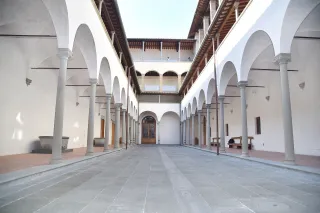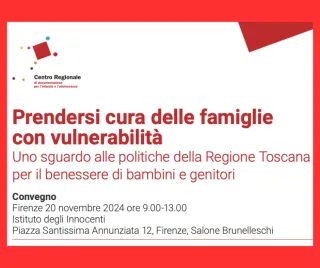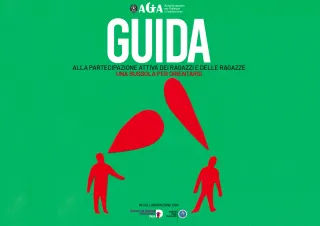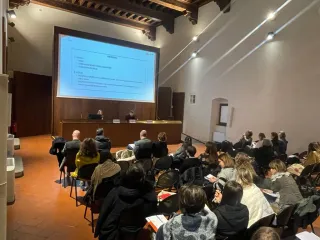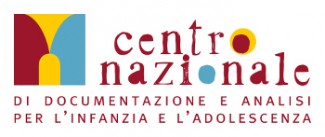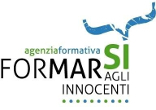Restorative Justice Works. National Survey Results Presented in Rome
13 October 2023
Area di attività
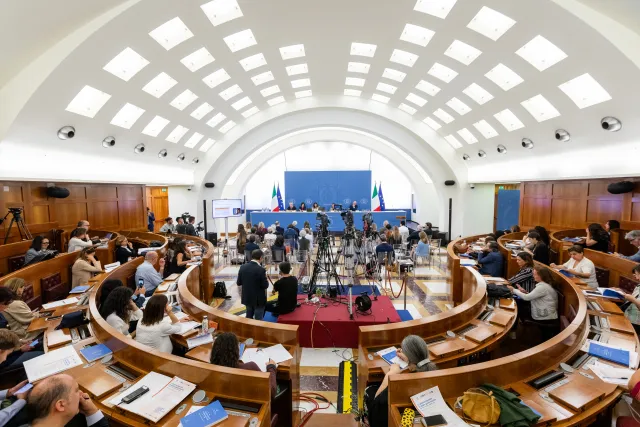
Restorative justice works and is a tool capable of promoting virtuous circles of reconstruction of social cohesion and processes of pacification, with positive effects in terms of prevention and generation of a new sense of safety and trust. However, knowing what restorative justice is, knowing that there are centres that arrange it, that it is a service for all, is the necessary starting point on which to work, so that citizens and institutions can more easily access and benefit from the service. These, in brief, are the conclusions reached by the qualitative research on restorative justice in the juvenile criminal area, promoted by the Ombudsperson for Children and Adolescents, in collaboration with the Ministry of Justice and with the technical assistance of the Istituto degli Innocenti as the research body. The results of the intensive work, which lasted about two years, were presented in Rome by Carla Garlatti, Ombudsperson for Children and Adolescents, and in the presence of Antonio Sangermano, Head of the Department for Juvenile and Community Justice, and Maria Grazia Giuffrida, Chairwoman of the Istituto degli Innocenti.
National survey on effects, programmes and services
The term restorative justice, research tells us, refers to any process “enabling people who suffer harm as a result of a crime and people responsible for that harm, if they freely consent to it, to ac-tively participate in the resolution of issues arising from the crime, through the help of a trained and impartial third party”. This can be done with tools such as victim-offender mediation (criminal mediation), a restorative conference in one of its various types (community conference, family group conference), the circle, and any other tool that contemplates a meeting and dialogue between the victim and the offender with, possibly, other people directly or indirectly affected by the offence. The aim of the research was to survey the effects of restorative justice in the juvenile criminal field, for the victim, the offender and the community as a whole. The research also aimed at identifying the restorative justice programmes in Italy. In person and on-line interviews and focus groups were carried out with young people, parents and practitioners in Turin, Milan, Trento, Ancona, Salerno, Catanzaro and Palermo to investigate the effects and impact that participation in restorative justice pathways has had on the people who took part in them. Subsequently, three national on-line focus groups were organised involving centres, services, and third sector organisations that deliver restorative justice programmes in the juvenile criminal field.
Main research findings on restorative justice in the juvenile criminal justice system
The research emphasises, first and foremost, the fact that restorative justice can have important positive effects for the people involved. When analysing the subject in more detail, some facilitating and some hindering factors emerge that are shown to affect restorative justice. Among the key points that have emerged from the survey is the need to involve victims early on and to ensure, for all actors involved, active, free, voluntary and informed participation. Research also shows a significant multiplier effect of the effectiveness of restorative justice when there has been active involvement of families and the further extension of programmes to the whole community. The research also highlights the fact that restorative justice is a service standing between criminal justice and social policies. In order to offer, therefore, widespread and suitable restorative justice services, coordination and a stable and continuous dialogue between the different actors in these areas is absolutely necessary. Sharing languages and meanings must be the starting point of this dialogue. From the operational point of view, therefore, the research suggests providing: a) wide-spread training for all the professionals involved; b) promoting the presence of widespread and quality restorative justice services throughout Italy; and c) structuring stable networks with all the actors involved.
In conclusion, the research shows that there is a need to further disseminate the culture of restorative justice. In order to achieve this goal, it is necessary to:
- ensure that all professionals involved in juvenile justice share the meaning and functioning of restorative justice;
- disseminate the culture of restorative justice also among the institutions and third sector organisations dealing with minors;
- ensure that the culture of restorative justice is disseminated in life contexts structurally marked by particular coercion, such as penal institutions and educational communities;
- use interdisciplinary dialogue and direct peer testimony in restorative justice training in institutions and professional bodies;
- provide, also at university level, courses and in-depth studies on restorative justice in all sectors that train professionals involved in juvenile justice and social malaise in general;
- disseminate school mediation as a conflict resolution tool because it is a formidable means to raise awareness and disseminate a restorative justice culture at an early stage;
- envisage and create opportunities to raise awareness among citizens, through targeted and widespread information and dissemination initiatives.
Last update: 01/19/2024 - 16:37

